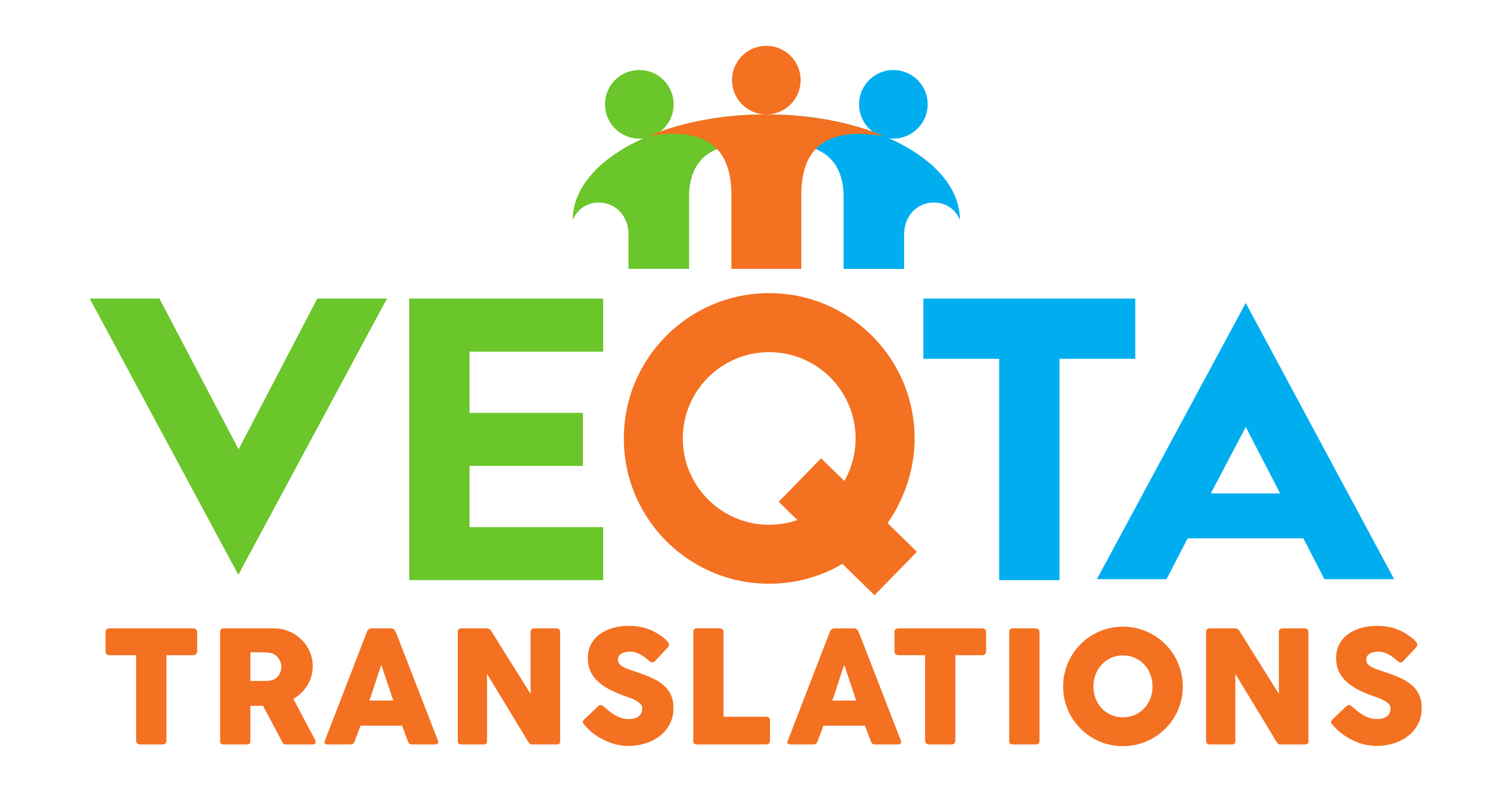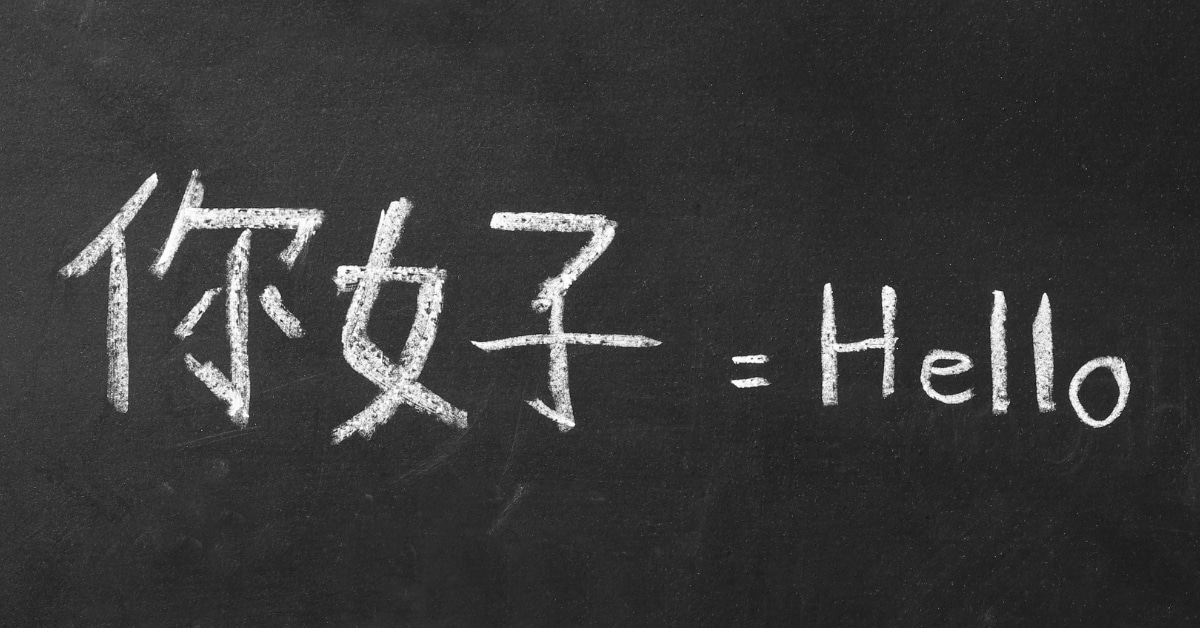Legal translation is not merely an act of converting words from Mandarin to English. It’s an intricate process that requires deep cultural understanding, contextual awareness, and legal precision. Chinese legal expressions are steeped in historical and societal context, which can lead to misinterpretation when rendered in English. This article examines seven key cultural nuances that often ‘break’ in translation—causing confusion, distortion, or even legal risk. By unpacking these examples, we’ll highlight why professional Chinese to English localization isn’t optional—it’s essential for accuracy and credibility.
- Conceptual Differences in Legal Philosophy
Chinese law emphasizes collective responsibility and moral order, rooted in Confucian ideals. English legal systems, however, prioritize individual rights and codified rules. Translators must understand this philosophical gap to prevent misrepresentation of legal intent.
- The Challenge of Ambiguous Legal Terms
Mandarin’s reliance on context often produces terms with flexible meaning. Translators must define context explicitly when converting into English, where ambiguity can undermine clarity or contractual precision.
- Idiomatic Legal Phrases
Chinese legal texts use idioms such as ‘以德服人’ (to convince people by virtue), which have no direct equivalent in English. Literal translations can sound moralistic or irrelevant, so translators adapt them into formal legal phrasing that conveys the same effect.
- Honorific and Formal Speech
Chinese legal documents may employ honorifics and respectful tones absent in English legal writing. Translators must reduce verbosity while maintaining formality, balancing respect with readability.
- Differences in Legal Citation and Structure
Chinese legal citations follow domestic conventions that may appear unclear to English readers. Localization includes reformatting citations, clarifying jurisdiction, and aligning the presentation with common law standards.
- Pragmatic Implications of Authority and Hierarchy
Legal tone in China often reflects hierarchy and deference to authority. Translating this literally can imply bias in English. Instead, translators reframe it neutrally to suit international legal norms.
- Cultural Interpretation of Justice
The Chinese notion of ‘justice’ intertwines with social harmony rather than legal triumph. When translated into English, it’s crucial to preserve this collective dimension without distorting meaning.
Conclusion
Bridging Mandarin and English legal systems requires more than fluency—it demands cultural empathy. Professional translators navigate both linguistic and legal ecosystems, ensuring documents uphold integrity and intent across borders. Each nuance lost in translation could alter a verdict or misinform an agreement.
FAQs
Q: Why is legal translation so difficult?
A: Because it combines linguistic precision, cultural nuance, and jurisdictional knowledge.
Q: How does culture affect Chinese law translation?
A: Cultural values shape the tone, structure, and intent behind legal wording.
Q: Can AI tools replace legal translators?
A: No—AI lacks contextual reasoning and legal judgment required for high-stakes accuracy.
Q: What’s a common mistake in legal localization?
A: Literal translation of idioms or formalities that distort legal meaning.
Q: How do translators maintain accuracy?
A: By consulting both legal experts and cultural references for contextual verification.


